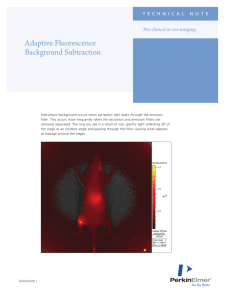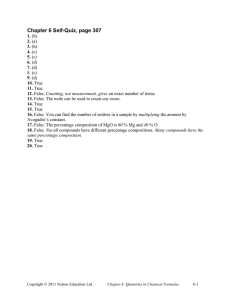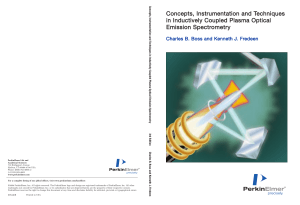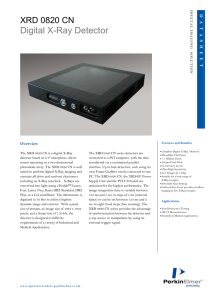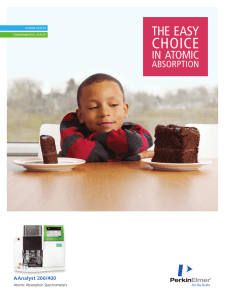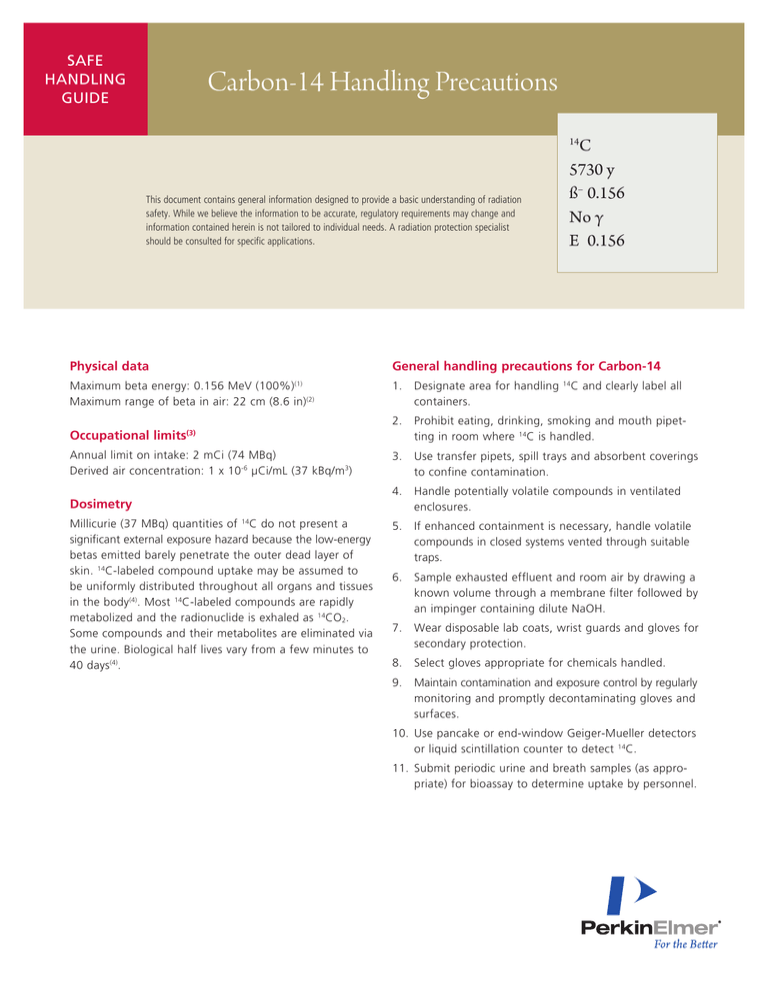
SAFE
HANDLING
GUIDE
Carbon-14 Handling Precautions
C
5730 y
ß–0.156
No γ
E0.156
14
This document contains general information designed to provide a basic understanding of radiation
safety. While we believe the information to be accurate, regulatory requirements may change and
information contained herein is not tailored to individual needs. A radiation protection specialist
should be consulted for specific applications.
Physical data
General handling precautions for Carbon-14
Maximum beta energy: 0.156 MeV (100%)
Maximum range of beta in air: 22 cm (8.6 in)(2)
1.­Designate area for handling
containers.
Occupational limits(3)
2.­Prohibit eating, drinking, smoking and mouth pipetting in room where 14C is handled.
Annual limit on intake: 2 mCi (74 MBq)
Derived air concentration: 1 x 10-6 µCi/mL (37 kBq/m3)
3.­Use transfer pipets, spill trays and absorbent coverings
to confine contamination.
Dosimetry
4.­­Handle potentially volatile compounds in ventilated
enclosures.
(1)
Millicurie (37 MBq) quantities of 14C do not present a
significant external exposure hazard because the low-energy
betas emitted barely penetrate the outer dead layer of
skin. 14C-labeled compound uptake may be assumed to
be uniformly distributed throughout all organs and tissues
in the body(4). Most 14C-labeled compounds are rapidly
metabolized and the radionuclide is exhaled as 14CO2.
Some compounds and their metabolites are eliminated via
the urine. Biological half lives vary from a few minutes to
40 days(4).
14
C and clearly label all
5. If enhanced containment is necessary, handle volatile
compounds in closed systems vented through suitable
traps.
6.­­Sample exhausted effluent and room air by drawing a
known volume through a membrane filter followed by
an impinger containing dilute NaOH.
7.­­Wear disposable lab coats, wrist guards and gloves for
secondary protection.
8.­­Select gloves appropriate for chemicals handled.
9.­­Maintain contamination and exposure control by regularly
monitoring and promptly decontaminating gloves and
surfaces.
10.­­Use pancake or end-window Geiger-Mueller detectors
or liquid scintillation counter to detect 14C.
11.­­Submit periodic urine and breath samples (as appropriate) for bioassay to determine uptake by personnel.
Some 14C-labeled compounds may penetrate gloves and skin.
Handle these compounds remotely, wear two pairs of gloves
and change the outer layer frequently. Special caution should
be observed when handling 14C-labeled halogenated acids.
These compounds can be incorporated in the skin and deliver
local dose commitments in the order of 10-100 rad per µCi
(3-30 Gy per MBq) deposited.
References
1.­Kocher, David C., Radioactive Decay Data Tables,
Springfield: National Technical Information Service,
1981 DOE/TIC-11026.
2.­Kaplan, Irving, Nuclear Physics, New York: AddisonWesley, 1964.
3.­U.S. Nuclear Regulatory Commission. 10 CFR 20 Appendix B –
Standards for Protection Against Radiation, 1994.
4.­ICRP Publication 30, Part 3, Limits for Intakes of
Radionuclides by Workers. Pergamon Press, Oxford, 1981.
PerkinElmer, Inc.
940 Winter Street
Waltham, MA 02451 USA
P: (800) 762-4000 or
(+1) 203-925-4602
www.perkinelmer.com
For a complete listing of our global offices, visit www.perkinelmer.com/ContactUs
Copyright ©2007-2011, PerkinElmer, Inc. All rights reserved. PerkinElmer® is a registered trademark of PerkinElmer, Inc. All other trademarks are the property of their respective owners.
007029C_01
Oct. 2011

